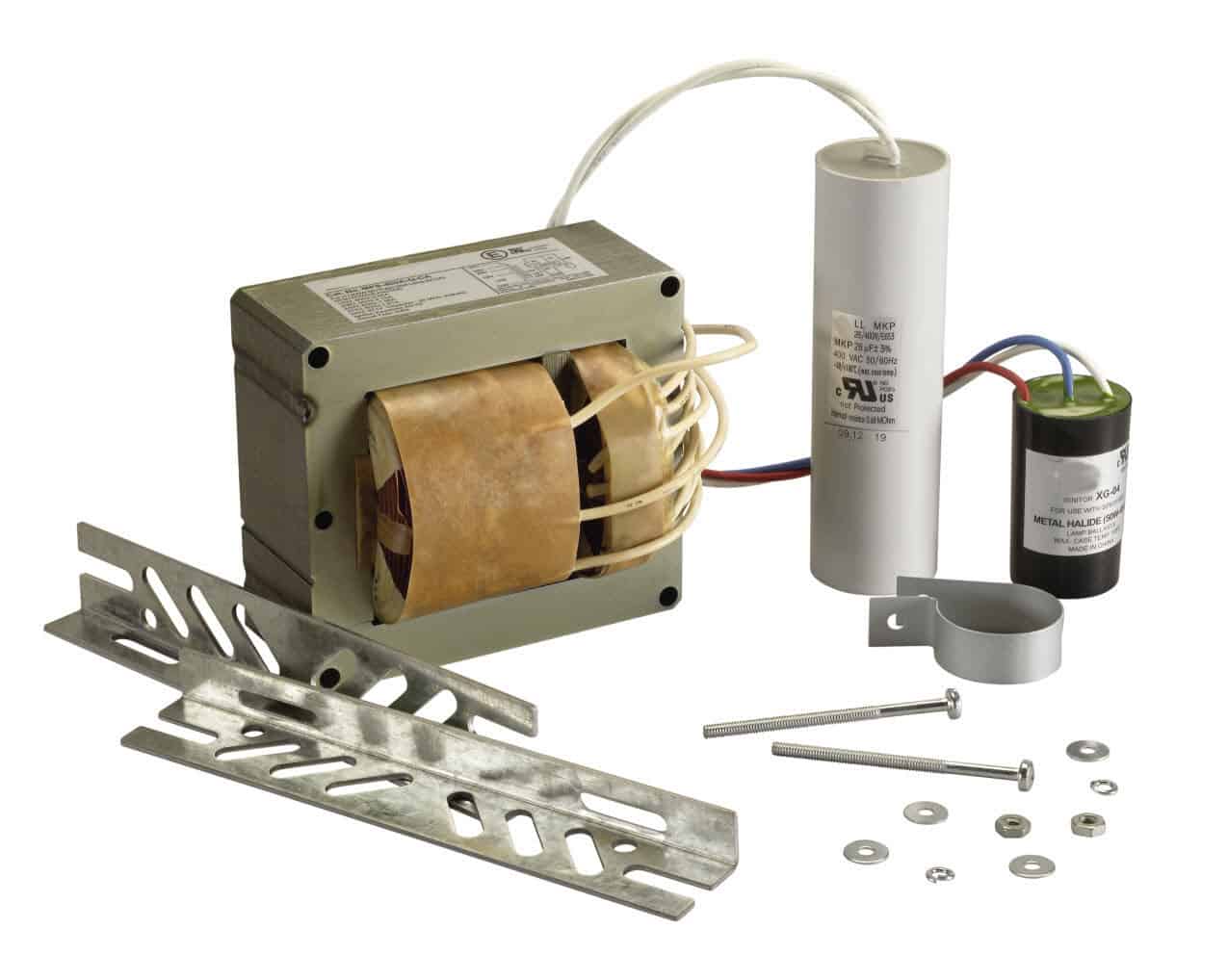hid ballast kit:
All three types of HID lamps require the use of a ballast to assist in starting and limiting the current across the
arc once the arc has been struck. Remember that HID lamps are negative resistance lamps. If lamp ballast were not used, the arc discharge would draw an unlimited amount of current and the lamp quickly would be destroyed.
More complete ballast information can be found later in this manual.
HID lamps require supplemental electromagnetic and/or electronic circuitry (normally called a “HID ballast kit”) to start and stabilize
the arc discharge and to condition the external power supply to the lamp’s specific electrical requirements.
A hid ballast kit is a device designed to regulate the voltage within an electrical circuit. This page addresses only ballasts used in circuits containing electric gas-discharge lamps. Examples of gas-discharge light sources include neon and fluorescent lights and high-intensity discharge (HID) lamps.
hid lamp
The arc tube of mercury vapor and metal halide lamps is shorter and wider in diameter than an HPS arc tube.
This allows room for the starting electrode. Mercury vapor and metal halide arc tubes are thin-walled tubes made of high-quality quartz. The ends of the tube are sealed by flame forming. This one-piece, press-fit construction assures greater uniformity between lamps and also holds and protects the thin leads of the electrodes.
As the two ends of the arc tube are heated and pressed together, the two main electrodes and thinner, starting electrode are imbedded in the molten glass. The arc metal and starting gas are fed into the tube through a glass straw welded into the arc tube. As the glass straw is heated to the melting point, the opening seals, trapping the gas and arc metal inside

